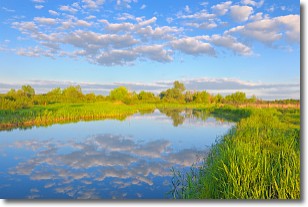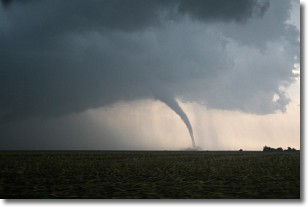Weather Alert in Ohio
Flood Warning issued April 3 at 3:39PM EDT by NWS Cleveland OH
AREAS AFFECTED: Lucas, OH; Wood, OH
DESCRIPTION: ...The Flood Warning is extended for the following rivers in Ohio... Portage River At Woodville affecting Wood and Sandusky Counties. Black River At Elyria affecting Lorain County. Eagle Creek At Phalanx Station affecting Trumbull County. ...The Flood Warning continues for the following rivers in Ohio... Maumee River At Waterville affecting Wood and Lucas Counties. Eagle Creek Above Findlay affecting Hancock County. ...The Flood Warning is cancelled for the following rivers in Ohio... Huron River Near Milan affecting Erie County. For the Portage River...including Woodville...Minor flooding is forecast. For the Huron River...including Milan...Moderate flooding is forecast. For the Black River...including Elyria...Minor flooding is forecast. For the Maumee River...including Grand Rapids, Waterville...Minor flooding is forecast. For the Eagle Creek (Hancock)...including Findlay...Minor flooding is forecast. For the Eagle Creek (Trumbull)...including Phalanx Station...Minor flooding is forecast. * WHAT...Minor flooding is occurring and minor flooding is forecast. * WHERE...Maumee River at Waterville. * WHEN...Until further notice. * IMPACTS...At 13.0 feet, Floodwaters can back up through storm drains onto Water Street in Waterville making roads inaccessible. * ADDITIONAL DETAILS... - At 3:00 PM EDT Thursday the stage was 11.9 feet. - Forecast...The river will fall to 11.7 feet this evening. It will then rise to 11.9 feet tomorrow morning. It will fall to 11.6 feet Saturday morning. It will then rise to 13.5 feet early Monday afternoon. It will fall again but remain above flood stage. - Flood stage is 11.0 feet. - Please visit www.weather.gov/safety/flood for flood safety and preparedness information
INSTRUCTION: Motorists should not attempt to drive around barricades or drive cars through flooded areas. Turn around, don't drown when encountering flooded roads. Most flood deaths occur in vehicles. Additional information is available at www.weather.gov/cle. The next statement will be issued this afternoon at 445 PM EDT.
Want more detail? Get the Complete 7 Day and Night Detailed Forecast!
Current U.S. National Radar--Current
The Current National Weather Radar is shown below with a UTC Time (subtract 5 hours from UTC to get Eastern Time).

National Weather Forecast--Current
The Current National Weather Forecast and National Weather Map are shown below.

National Weather Forecast for Tomorrow
Tomorrow National Weather Forecast and Tomorrow National Weather Map are show below.

North America Water Vapor (Moisture)
This map shows recent moisture content over North America. Bright and colored areas show high moisture (ie, clouds); brown indicates very little moisture present; black indicates no moisture.

Weather Topic: What are Stratocumulus Clouds?
Home - Education - Cloud Types - Stratocumulus Clouds
 Next Topic: Stratus Clouds
Next Topic: Stratus Clouds
Stratocumulus clouds are similar to altocumulus clouds in their
fluffy appearance, but have a slightly darker shade due to their additional mass.
A good way to distinguish the two cloud types is to hold your hand out and measure
the size of an individual cloud; if it is the size of your thumb it is generally
an altocumulus cloud, if it is the size of your hand it is generally a
stratocumulus cloud.
It is uncommon for stratocumulus clouds to produce precipitation, but if they do
it is usually a light rain or snow.
Next Topic: Stratus Clouds
Weather Topic: What are Wall Clouds?
Home - Education - Cloud Types - Wall Clouds
 Next Topic: Altocumulus Clouds
Next Topic: Altocumulus Clouds
A wall cloud forms underneath the base of a cumulonimbus cloud,
and can be a hotbed for deadly tornadoes.
Wall clouds are formed by air flowing into the cumulonimbus clouds, which can
result in the wall cloud descending from the base of the cumulonimbus cloud, or
rising fractus clouds which join to the base of the storm cloud as the wall cloud
takes shape.
Wall clouds can be very large, and in the Northern Hemisphere they generally
form at the southern edge of cumulonimbus clouds.
Next Topic: Altocumulus Clouds
Current conditions powered by WeatherAPI.com




